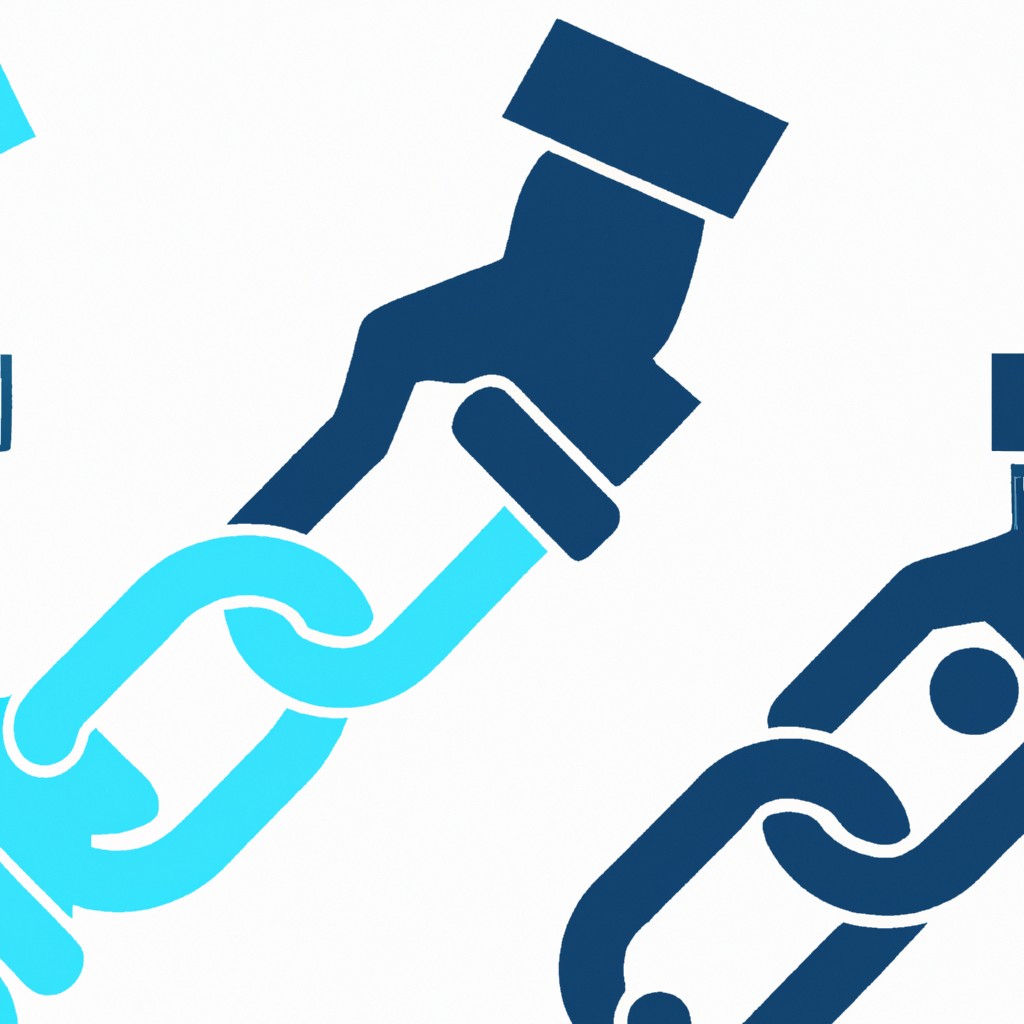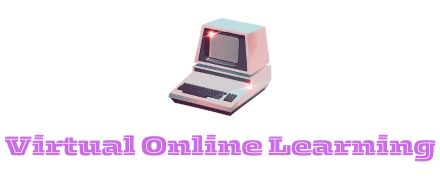Dive into this detailed guide to grasp the integral role links play in enhancing your online learning experience.
Online learning has revolutionized education, offering flexibility and accessibility to learners worldwide. It’s imperative to understand the crucial elements that make up this digital learning environment, one of which is the concept of links. Links, often referred to as hyperlinks, are the building blocks of online content, connecting one piece of information to another, thereby creating a rich, interconnected web of knowledge.
This article delves deep into the world of links, explaining their purpose, types, and how to use them effectively in the online learning context. Whether you’re a student navigating through a sea of online resources, an educator creating an e-learning course, or just someone curious about the digital world, this comprehensive guide will illuminate the path for you.
So, let’s embark on this journey of understanding links, ensuring you’re well-equipped to harness their full potential in your online learning endeavors.
Key takeaways:
- Links are the building blocks of online content
- URLs act as addresses on the web
- Links can lead to different destinations, both internal and external
- There are relative and absolute links, each serving different purposes
- Inbound and outbound links are important for SEO and user experience, respectively
Understanding Hyperlinks

Hyperlinks seamlessly connect various resources on the web, allowing for easy navigation. Often highlighted or underlined in text, their primary function is to direct the user to a different page, which could be within the same website (internal) or on a different site altogether (external). The essence of hyperlinks lies in their ability to enhance user experience by providing a web of interconnected information. They play a crucial role in structuring a website and improving its visibility on search engines. It’s also worth noting that pertinent use of hyperlinks can build credibility, help in establishing relevance, and emphasize key points in a topic.
Understanding URLs
A URL, or Uniform Resource Locator, is essentially an address on the web. It tells you where a certain webpage or online resource is located.
Here are some key points for understanding URLs:
- 1. Each URL begins with a protocol that represents how information is transferred on the web. The most popular is HTTP and the more secure version, HTTPS.
- 2. The domain name, situated in the middle, defines the site you’re navigating. A single domain can host multiple pages, with each different page getting a unique URL.
- 3. The path, at the end of the URL, specifies which page or resource within the domain you’re seeking.
- 4. The optional elements, like a query string (preceded by a ?) or a fragment (preceded by a #) can modify what you see on a webpage or where you land on it.
In essence, a URL acts as a direction on the vast map of the web, guiding your browser to the exact spot where the desired content is located.
Link Destinations
A critical aspect to the functionality of a link is its destination. The underlying URL, or web address, guides the viewer to a precise point on the internet, be it a webpage, an image, or even a downloadable document. Yet, it’s crucial to note that destinations aren’t limited to external websites. Links can also lead to different sections within the same webpage. This is often used to navigate lengthy pages, helping readers jump directly to the information they need.
Important points to note about link destinations:
- 1. The URL specifies the link’s destination: A URL is essentially a web address, directing the user to a specific location on the internet.
- 2. Internal and External Links: Links can connect to an entirely different website (external) or to another section on the same page (internal).
- 3. Anchor text: This is the clickable text in a hyperlink. It should be relevant to the link’s destination, as it helps users and search engines understand the context of the link’s destination.
- 4. Link destinations can vary: While typically associated with webpages, links can also point towards images, files, or other types of media.
Relative and Absolute Links
In the realm of web development, links take two primary forms: relative and absolute. The former are used to point to files within the same domain or webpage directory structure. For example, if you have a document in the ‘articles’ folder of your website, a relative link to another item in that same folder might appear as ‘how-to-study.html’.
On the other hand, absolute links are more comprehensive, pointing to a specific, fixed location irrespective of the current file’s location. Typically, these start with ‘http://’, ‘https://’, or ‘www.’. For instance, ‘https://www.onlinelearning.com/how-to-study.html’ is an absolute link.
Absolute links are crucial when directing users to locations outside your site. However, relative links are seen as beneficial within the same domain, considering they arise out of a consistent directory structure, leading to less brittle and more maintainable code.
Importantly, these are not interchangeable. Should you mistakenly use an absolute link where a relative one was intended, your website would waste time trying to locate a non-existent location. Likewise, trying to use a relative link for an external page would end in a similar problem. Therefore, being cognizant of when to use relative versus absolute hyperlinks can be key in building and maintaining successful and efficient online learning platforms.
Inbound and Outbound Links
Inbound links, also known as backlinks, are a fundamental part of any successful SEO strategy. These are links present on other websites that lead back to your own. They’re crucial because search engines perceive these links as a form of endorsement, therefore enhancing your site’s credibility and improving its search ranking.
On the other hand, outbound links are those found on your webpage leading to other sites. They’re a means to provide additional value to your visitors, directing them to relevant information that complements your own content. When used appropriately, such links foster a user-friendly experience, bolstering both the quality and perceived relevance of your page.
In short, while inbound links increase your visibility and reputability in the eyes of search engine algorithms, outbound links enhance your users’ experience and the perceived value of your content. Both types are integral to a well-rounded, effective online presence. Consider both when designing your website’s link strategy.
Broken Links
Broken hyperlinks, often referred to simply as “broken links,” present a unique challenge in the complex landscape of online learning. A broken link disrupts the user’s navigation, leading to error pages, contributing to a poor user experience and frustration.
There are several reasons for the occurrence of broken links. They occur when the destination webpage has been removed, the URL of the webpage has been altered without a redirect being put in place, or the web site is no longer accessible.
To prevent this situation, regular checking and fixing of broken links is a must. There are numerous online tools available that can help in identifying and rectifying these links.
Fixing broken links ensure that users can smoothly scroll and surf through the content without any disruption, leading to a more pleasant browsing experience. Webpages with fewer broken links rank better in search engine results, further emphasizing the importance of maintaining link health.
Next time you come across a 404 error, you’ll know the culprit.
Website Link Tool
A Website Link Tool is an invaluable resource in the realm of online learning, serving multiple functions. It aids in verifying the integrity of the links on your site, ensuring they all function correctly and update as needed.
Key points about this tool include:
- 1. Error detection: This feature spots any broken or non-functioning links on the website, enabling speedy resolution and avoiding visitor frustration.
- 2. Organising and structuring: It helps identify the number of links leading in or out of a page, providing an overview of the site’s structure and linkage.
- 3. Check authority and trust: It also verifies the reliability of external sites linked to your page, such as checking if referenced information comes from an authoritative source.
- 4. Site crawling: Regular crawls allow checking the functionality of all links, ensuring they remain active and lead to accurate information.
Remember, a solid linking strategy can boost your site’s SEO ranking, and these nifty tools help ensure you stay on top of this aspect.
FAQ
How do you explain what a link is?
A link, also known as a hyperlink, is a clickable element on a webpage such as a word or button that directs users to a different webpage, document, or piece of online content.
How do you read a hyperlink?
To read a hyperlink, you hover your mouse over the text, usually underlined and in blue color, which then changes the cursor into a hand symbol.
What is the difference between a link and a hyperlink?
The primary distinction between a link and a hyperlink is that a hyperlink displays anchor text related to the content of the linked page, while a link shows the linked page's address.
What is the significance of anchor text in a hyperlink?
Anchor text in a hyperlink is significant as it provides context and relevant information about the content of the linked page, enhancing SEO efforts and usability.
How can you identify a broken link in online learning resources?
A broken link in online learning resources can be identified by a '404 error' message or any other error message when you try accessing it.
How do search engines use links for ranking websites?
Search engines use links to determine the popularity and relevance of websites, with sites containing high-quality, relevant links often ranking higher in search results.
